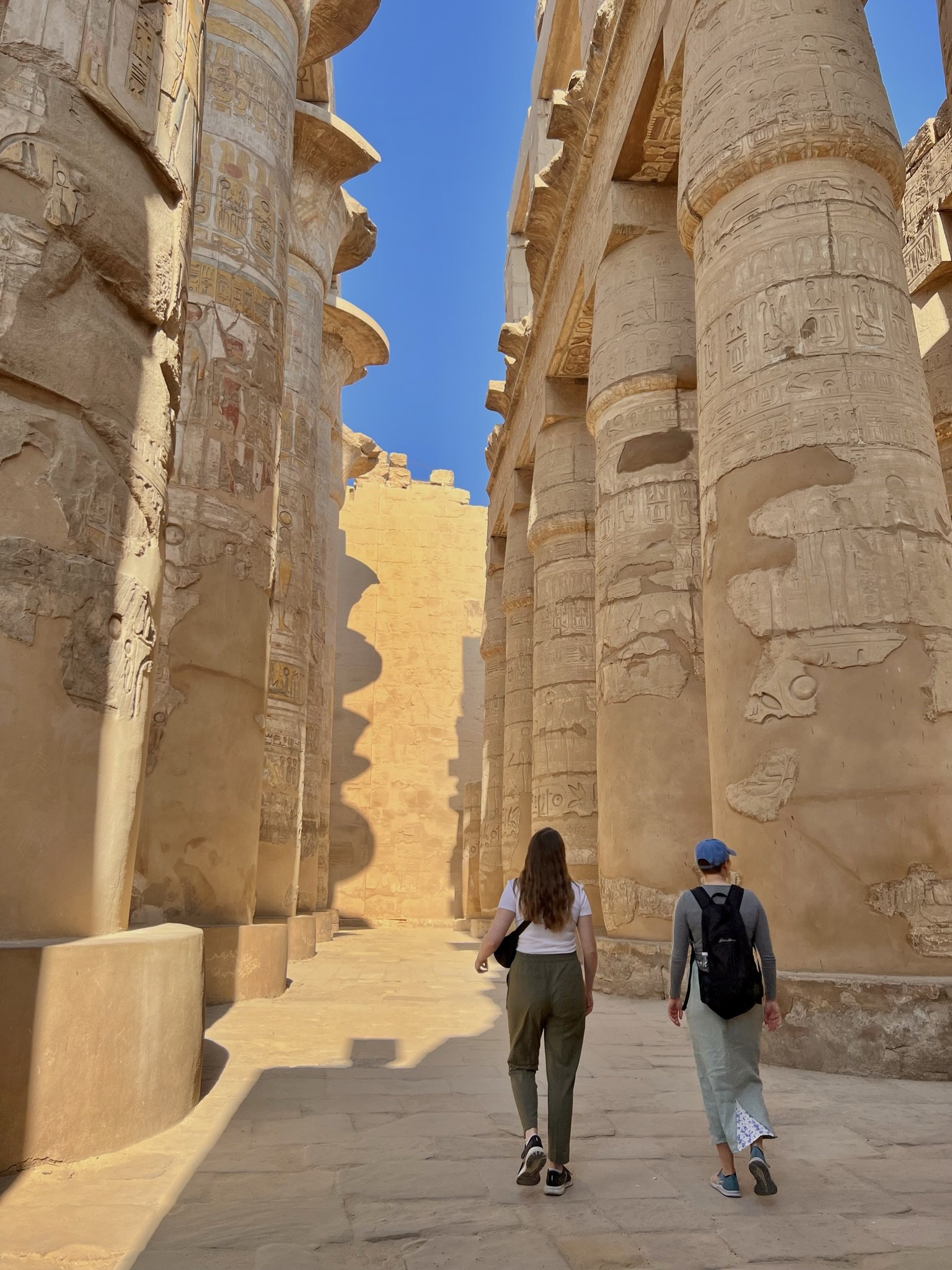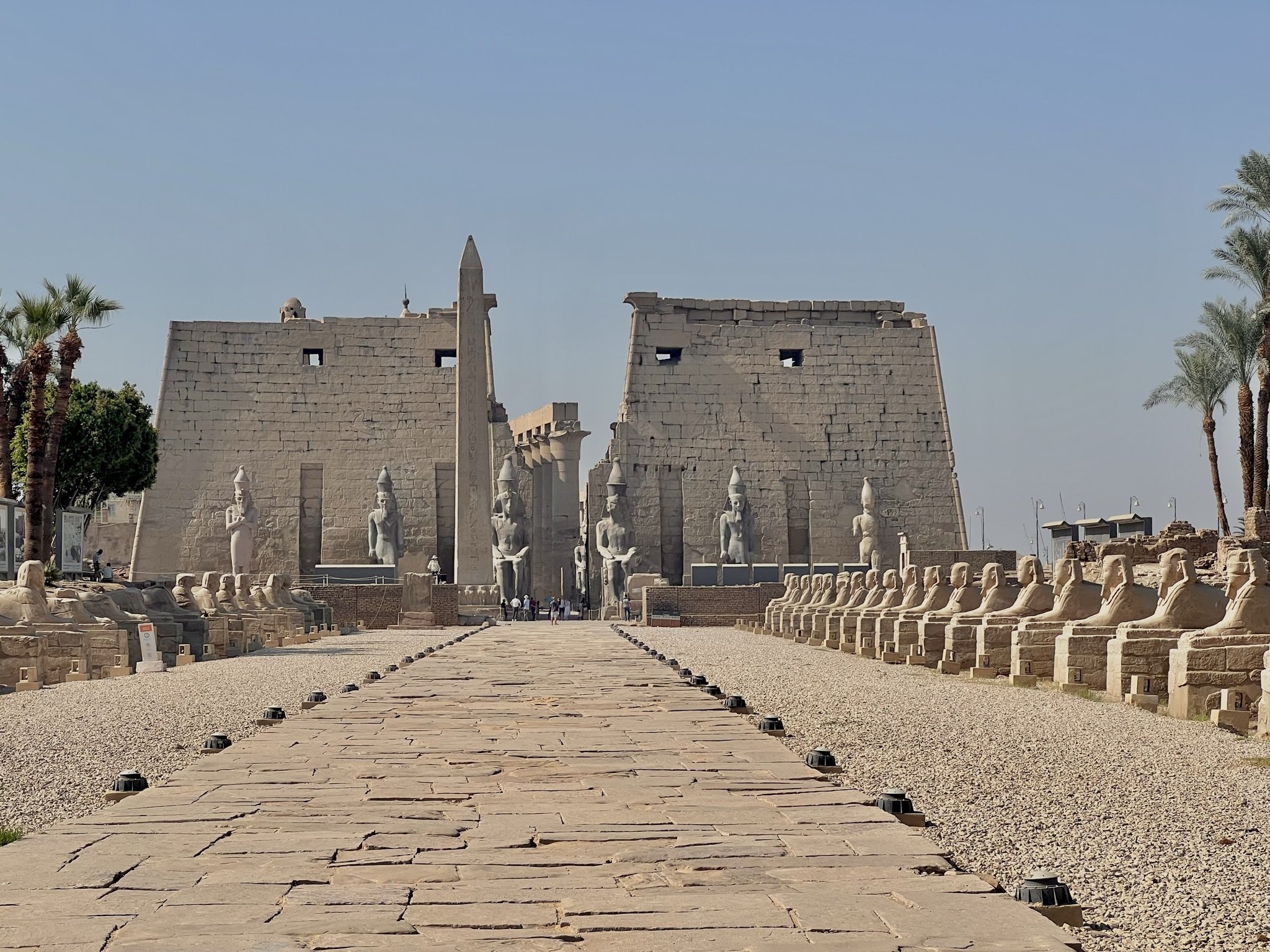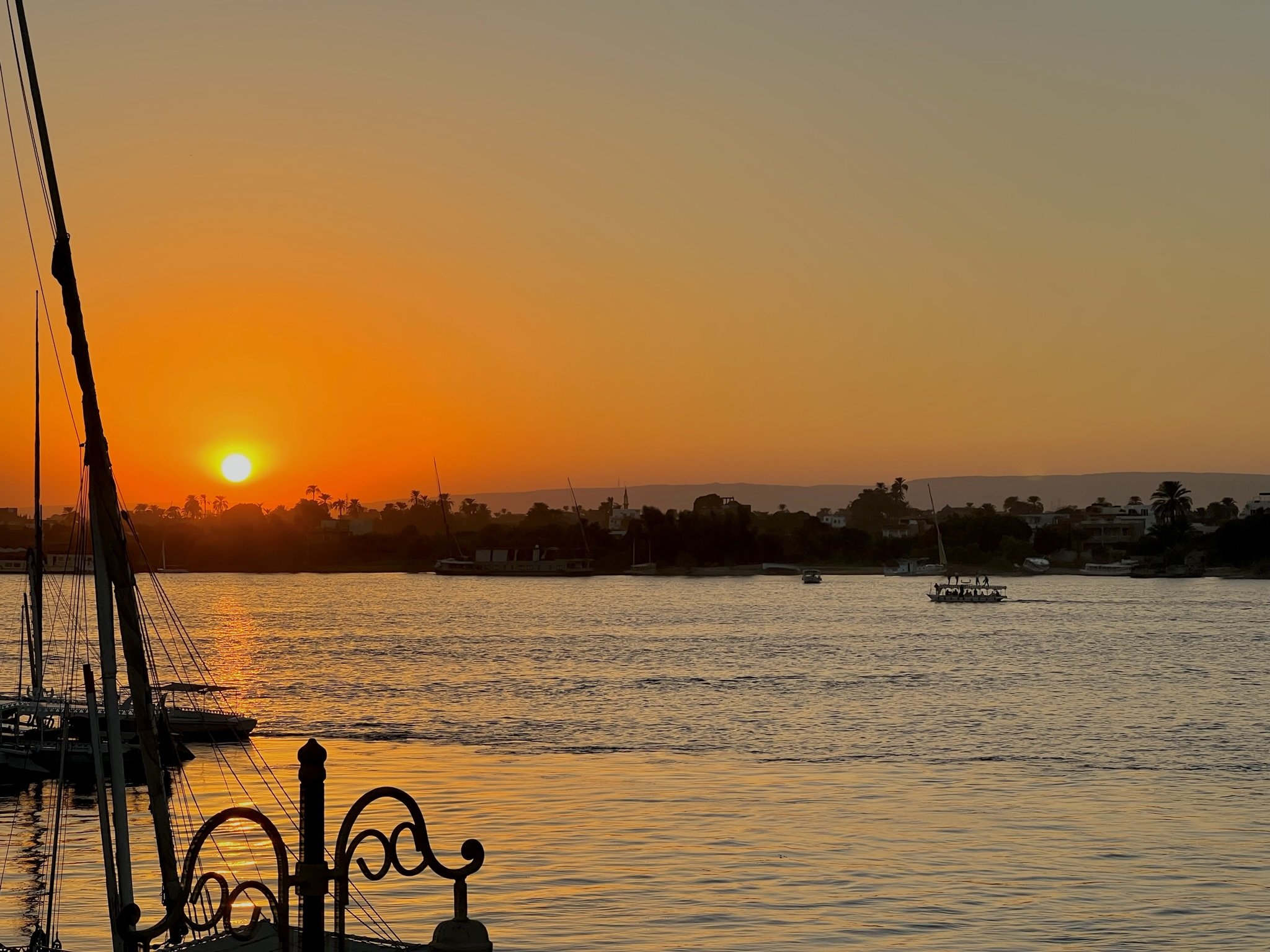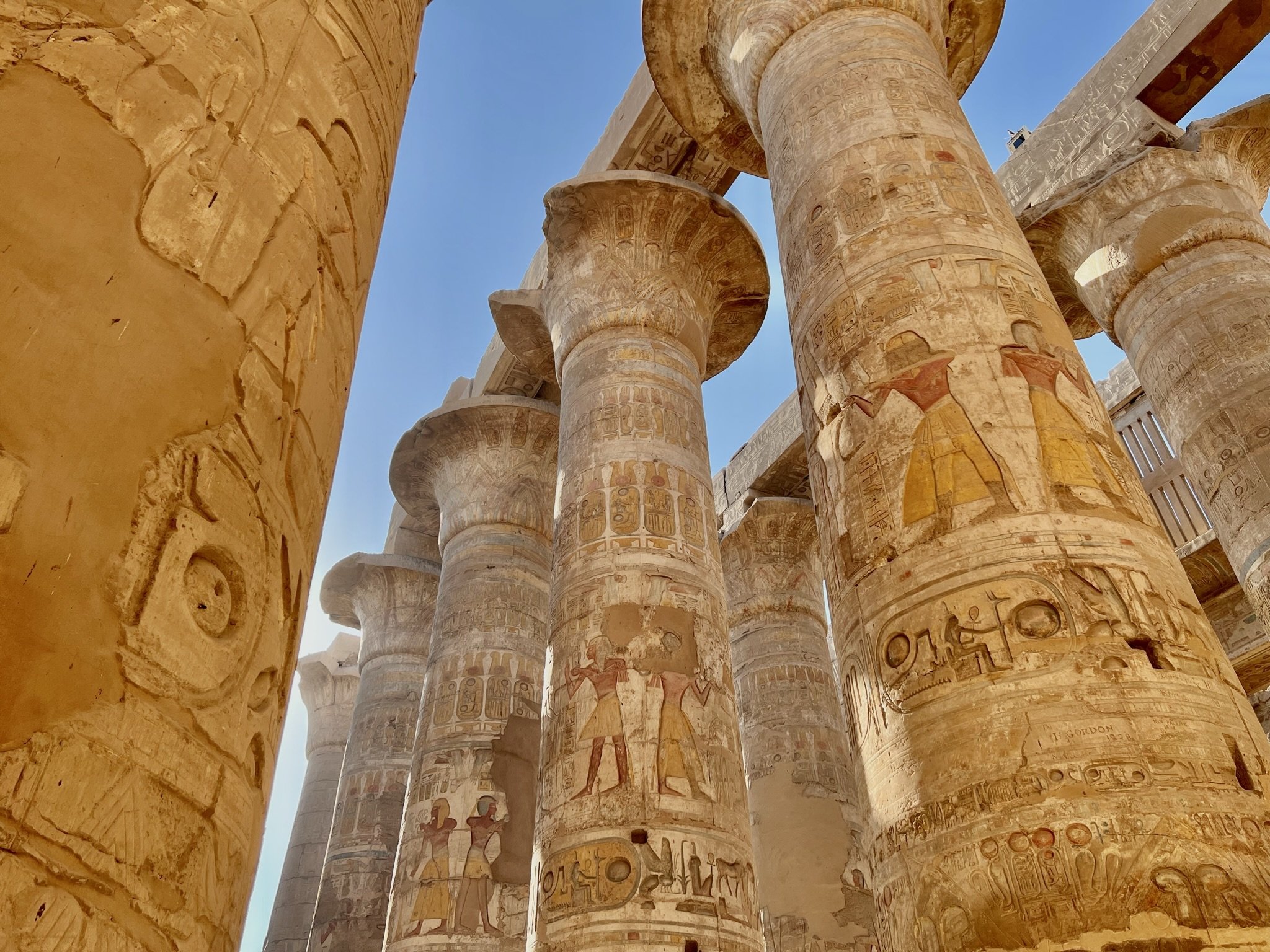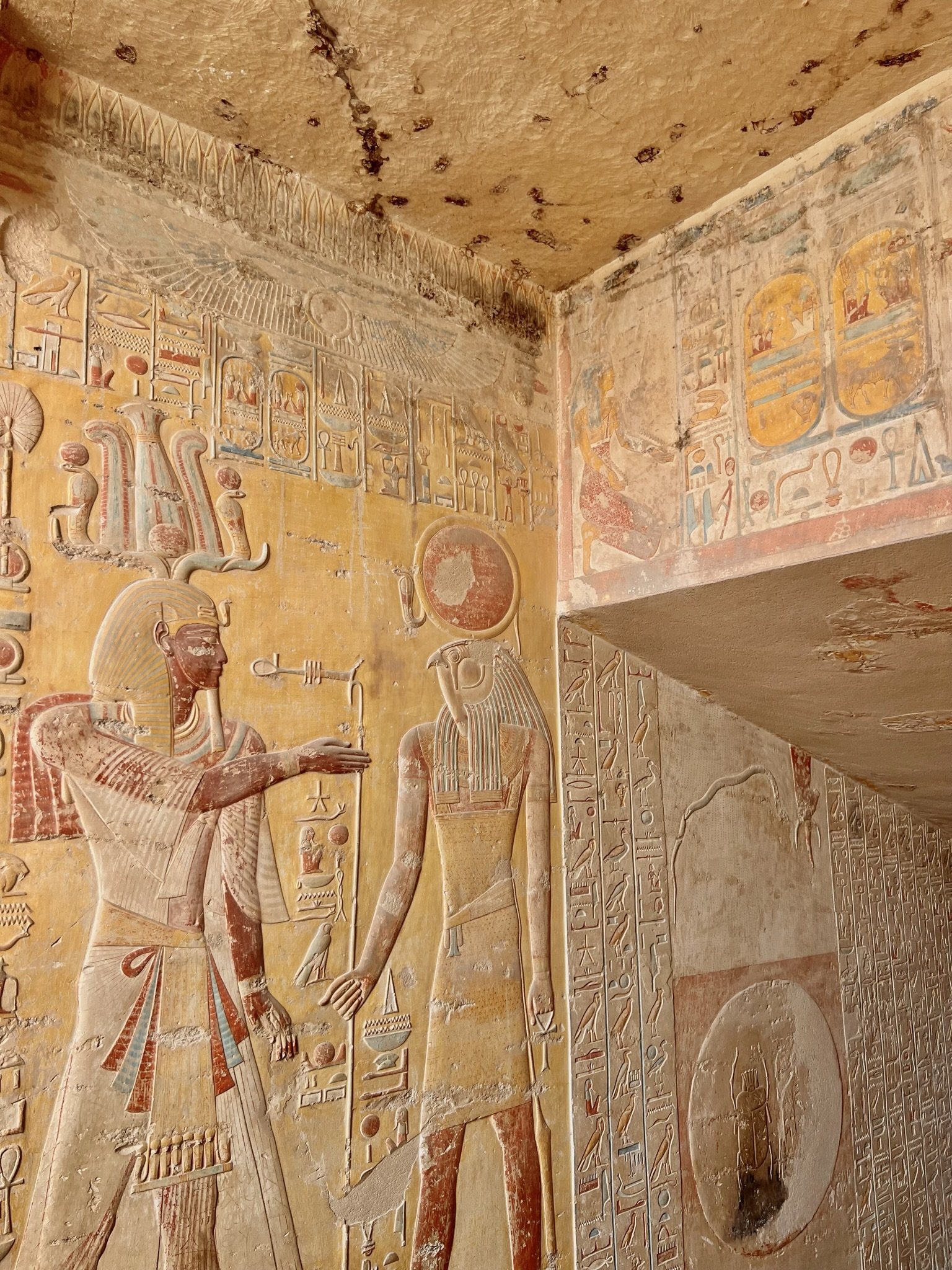
Unveiling Ancient Wonders: The Ultimate 3-Day Itinerary for First-Time Visitors to Luxor, Egypt
Welcome to Luxor, the world's greatest open-air museum! Once the ancient Egyptian capital of Thebes, Luxor is a treasure trove of history, boasting some of the most awe-inspiring monuments and temples from the pharaonic era. Straddling the mighty Nile River, this city is divided into two main areas: the East Bank, home to the modern city and iconic temples, and the West Bank, where ancient pharaohs and queens were laid to rest in elaborate tombs.
For first-time visitors, Luxor's wealth of attractions can be overwhelming. That's why we've crafted this comprehensive 3-day itinerary to help you make the most of your visit. From colossal temples to hidden tombs, bustling markets to serene Nile cruises, this guide will take you on an unforgettable journey through time. So, pack your sunhat and comfortable shoes as we embark on an adventure through the heart of ancient Egypt!
Day 1: East Bank Wonders
Morning: Start at Karnak Temple Complex early on the first day. As the largest religious building ever constructed, Karnak will leave you speechless. Arrive just as it opens (6 AM in summer, 7 AM in winter) to beat the crowds and the heat. Spend a few hours exploring the Great Hypostyle Hall with its 134 massive columns, the sacred lake once used by priests for purification, and the various smaller temples within the complex. Don't miss the impressive obelisks of Hatshepsut and Thutmose I.
TIP (Wear comfortable shoes and bring plenty of water, as the site is expansive and mostly unshaded. Consider hiring a guide for in-depth historical context that will bring the ancient stones to life.)
Lunch: Refuel at a local restaurant near Karnak, trying traditional Egyptian dishes like koshari (a hearty mix of rice, lentils, and pasta with tomato sauce) or ful medames (fava beans with olive oil, lemon juice, and garlic). These dishes offer an authentic taste of local cuisine and will keep you energized for the afternoon ahead.
Afternoon: After lunch, head to the Luxor Museum. This modern facility houses an exquisite collection of artifacts, many found in the Luxor area. The museum offers a perfect opportunity to dive deeper into the history you'll be seeing firsthand throughout your trip. Spend 1.5-2 hours here, paying special attention to the Royal Mummies room (which requires an extra ticket) and Tutankhamun's golden funerary mask. The museum is air-conditioned, offering a refreshing break from the heat. Note that photography is prohibited inside, so take the time to truly absorb the incredible artifacts without the distraction of a camera.
Evening: As the day cools, make your way to Luxor Temple. This centrally located temple is particularly magical at sunset and into the evening when it's beautifully illuminated. Take your time strolling through the Avenue of Sphinxes, admiring the massive statues of Ramesses II, and exploring the various chambers and sanctuaries. Look for the remnants of Christian artwork in some chambers, showcasing the temple's varied history. The temple is open until 9 PM, so you can enjoy the nighttime illumination. For the best photos, arrive during the "golden hour" just before sunset.
Day 2: West Bank Exploration
Morning: Cross the Nile early to the West Bank and head straight to the Valley of the Kings. This ancient royal burial ground contains over 60 tombs, including that of Tutankhamun. Your ticket allows entry to three tombs (Tutankhamun's requires an extra ticket), so choose wisely. The tombs of Seti I, Ramesses VI, and Thutmose III are particularly impressive if open. Hire a guide to help select and explain the tombs, as their insights can greatly enhance your understanding. The walk between tombs can be hot, so stay hydrated and consider bringing an umbrella for shade.
Late Morning: Next, visit the breathtaking Temple of Hatshepsut. This multi-tiered mortuary temple, built into the cliffs of Deir el-Bahari, is a testament to one of Egypt's most powerful female pharaohs. Spend about 1-1.5 hours exploring the Punt Colonnade with its fascinating reliefs, the Chapel of Hathor with its cow-headed columns, and enjoying the panoramic views of the Nile Valley. Look for traces of attempts to erase Hatshepsut from history, a fascinating aspect of ancient Egyptian politics. Don't miss the small on-site museum for additional context.
Lunch: Enjoy a lunch break at one of the local restaurants on the West Bank, perhaps trying traditional stuffed pigeon, a local delicacy.
Afternoon: Continue your West Bank exploration with a visit to the Valley of the Queens. While smaller than the Valley of the Kings, it contains some beautifully preserved tombs, including the famous tomb of Queen Nefertari (which requires a separate ticket and should be booked in advance). Spend about an hour here before moving on to the Colossi of Memnon. These two massive stone statues of Pharaoh Amenhotep III have stood guard over the West Bank for over 3400 years. They're free to visit and make for great photos, especially at sunset.
Evening: End your day with a relaxing sunset-felucca ride on the Nile. These traditional sailboats offer a peaceful way to see Luxor from a different perspective and cool off after a day of sightseeing. Negotiate the price before boarding and consider bringing snacks or drinks (check with your felucca captain first). Bring a light jacket as it can get breezy on the water.
Day 3: Deep Dive and Modern Luxor
Morning: For an unforgettable experience, start your day with a sunrise hot air balloon ride over Luxor. The bird's-eye view of the temples, Nile, and surrounding landscape is truly spectacular. If opting for this, expect an early start (around 4 AM) for a 45-minute flight. Book through your hotel or a reputable company and dress in layers, as it can be cool in the early morning.
Late Morning: After breakfast, visit the small but fascinating Mummification Museum. This unique museum offers insights into the ancient Egyptian mummification process and beliefs about the afterlife. Spend about an hour here, taking your time to read the displays that explain the step-by-step mummification process and showcase mummification tools and mummified animals.
Lunch: Try lunch at a local Egyptian home through a reputable tour company for an authentic culinary and cultural experience.
Afternoon: Return to Luxor Temple during daylight hours for a different perspective. Take time to read the hieroglyphs and admire the intricate carvings you might have missed in the evening light. Look for the cartouche of Alexander the Great, a testament to the temple's long history.
Afterward, dive into the bustling Luxor Souk. This vibrant market is perfect for souvenir shopping and experiencing local life. Practice your bargaining skills as you shop for spices, textiles, and traditional crafts. Start at about 50% of the asking price and be prepared for some friendly haggling. Be cautious with street food to avoid stomach issues.
Evening: Conclude your Luxor adventure with a farewell dinner at one of the city's top-rated restaurants. If you didn't catch it on your first night, end with the Sound and Light Show at Karnak Temple for a magical recap of the history you've explored over the past three days. Book the show in advance, especially in peak season, and bring a jacket as evenings can be cool.
Top Things To Know Before You Go To Luxor, Egypt
Here are the top 5 things you should know or think about before or when they are in Luxor that you should keep in mind:
Climate and Timing: Luxor's climate is extremely hot and dry, especially from June to August when temperatures can soar above 40°C (104°F). The best time to visit is from October to April when the weather is milder. If visiting during summer, plan outdoor activities for early morning or late afternoon, and stay hydrated. Always carry water, wear sunscreen, and bring a hat for sun protection.
Dress Code and Cultural Sensitivity: Egypt is a conservative Muslim country, and visitors should dress modestly, especially when visiting religious sites. Women should cover their shoulders and knees, and men should avoid shorts in temples and mosques. Being respectful of local customs will enhance your experience and interactions with locals.
Luxor Pass: If you plan to visit multiple sites, consider purchasing a Luxor Pass. There are two types: Standard (valid for 5 days) and Premium (valid for 5 days and includes additional sites like the tombs of Seti I and Nefertari). While the upfront cost might seem high, it can save you money and time if you're planning to see many attractions.
Tipping Culture: Tipping (baksheesh) is an integral part of Egyptian culture. Be prepared to tip for various services, including at restaurants, to tour guides, and even for small favors like taking a photo. Keep small denomination Egyptian pounds handy for this purpose.
Health Precautions: Take care with food and water to avoid stomach issues. Stick to bottled water and be cautious with raw vegetables and street food. It's also a good idea to bring basic medications, including something for upset stomachs. If you have any specific health concerns, consult with your doctor before traveling and consider purchasing travel insurance that covers medical emergencies.








